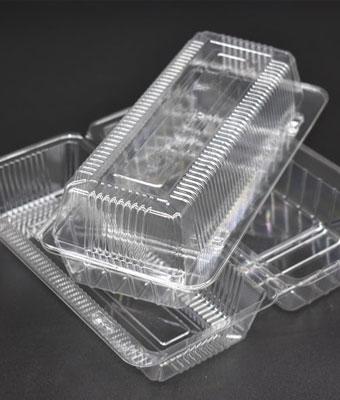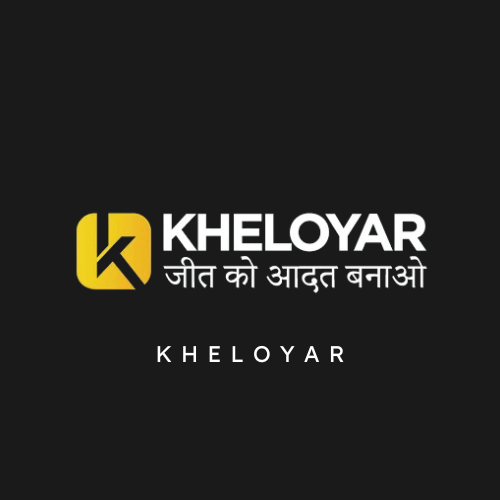PET Sheet Manufacturers: Driving Innovation in Sustainable Packaging and Industrial Materials

pet sheet manufacturers in india , At JB Polypack, we see packaging as not only to protect the products but also the planet. Sustainability is a priority worldwide, and recycled PET chips (rPET chips) are key raw materials to use as green packaging. At JB Polypack, we will buy rPET chips made from post-consumer PET waste, and convert these into PET sheets, PET straps, and thermoforming packaging – giving industries the opportunity to reduce plastic waste while retaining strength, quality, and cost efficiencies.
What Are PET Sheets?
PET sheets are flat, semi-rigid or rigid sheets made from Polyethylene Terephthalate, a thermoplastic polymer resin from the polyester family. These sheets are produced through processes like extrusion or thermoforming, using virgin or recycled PET chips as the raw material.
PET sheets are known for their clarity, high tensile strength, lightweight properties, and excellent resistance to moisture, chemicals, and impacts. These attributes make them a popular choice in a range of industries including food packaging, electronics, automotive, and construction.
Key Characteristics of PET Sheets
PET sheets are preferred for their unique combination of properties, such as:
-
Transparency: Offers excellent visual appeal for retail packaging.
-
Impact Resistance: More durable than many other types of plastic sheets.
-
Thermoformability: Easily molded into desired shapes without losing strength.
-
Recyclability: PET is one of the most recyclable plastics globally.
-
Food Grade Safety: Suitable for direct food contact in many grades.
-
Barrier Properties: Good resistance to moisture and gases like CO₂ and O₂.
These features enable manufacturers to deliver high-performance products that meet strict regulatory and consumer expectations.
Manufacturing Process
PET sheet manufacturers typically follow a highly controlled, multi-step process to ensure consistent quality and performance:
-
Raw Material Selection:
-
Virgin PET chips or recycled PET (rPET) flakes are used as the base material. The selection depends on the final application (e.g., food-grade products may require virgin PET or high-purity rPET).
-
-
Drying:
-
PET is hygroscopic, meaning it absorbs moisture. Prior to extrusion, the material must be dried thoroughly to avoid defects during processing.
-
-
Extrusion:
-
The dried PET is melted in an extruder and formed into a sheet using flat die technology. This stage can be single-layer or multi-layer, depending on the product design.
-
-
Calendering and Cooling:
-
The hot sheet is passed through chilled rollers to control thickness and surface finish (glossy or matte).
-
-
Cutting and Winding:
-
The PET sheets are trimmed and cut into desired sizes or rolled for bulk delivery.
-
-
Inspection and Quality Control:
-
Manufacturers perform regular testing for clarity, strength, thickness uniformity, and compliance with food safety or industrial standards.
-
Modern manufacturing facilities also often incorporate automation, digital monitoring systems, and energy-efficient equipment to ensure consistency and reduce operational costs.
Applications of PET Sheets
PET sheets are found in a wide range of applications, each requiring specific performance characteristics.
1. Food Packaging
One of the largest markets for PET sheets is in food-grade packaging. Thermoformed trays, clamshell containers, and blister packs made from PET offer excellent clarity and barrier properties, allowing consumers to see the product while maintaining freshness and safety.
2. Industrial Packaging
PET sheets are used to create durable packaging for tools, electronics, hardware, and other industrial goods. Their strength and impact resistance make them ideal for protective packaging.
3. Stationery and Graphics
Due to their transparency and smooth surface, PET sheets are also used in graphics, signage, and presentation folders. They can be easily printed or laminated.
4. Automotive and Construction
PET sheets serve as liners, insulators, and surface layers in various industrial components, offering a combination of strength, flexibility, and chemical resistance.
5. Medical and Pharmaceutical
In the medical field, PET sheets are used for sterile blister packaging of instruments and medications. Their compliance with hygiene standards makes them suitable for such sensitive applications.
Sustainability and Recycling
Sustainability is an increasingly vital focus for PET sheet manufacturers. Many have shifted toward integrating recycled PET (rPET) into their products, contributing to a circular economy and reducing environmental impact. PET is one of the most commonly recycled plastics, and the infrastructure for collection and reprocessing is continually expanding.
Modern PET sheets can contain high percentages of rPET without compromising clarity or strength. In fact, advances in decontamination and purification technologies have made it possible to use recycled content even in food-grade applications.
Manufacturers are also investing in:
-
Energy-efficient production lines
-
Closed-loop water systems
-
Zero-waste policies
-
Biodegradable additives (where applicable)
This drive toward sustainable production not only meets regulatory requirements but also aligns with consumer expectations for greener products.
Quality Standards and Certifications
To maintain trust and meet industry regulations, PET sheet manufacturers often adhere to international standards such as:
-
FDA or EFSA for food safety
-
ISO 9001 for quality management
-
REACH and RoHS for chemical compliance
-
GMP (Good Manufacturing Practices) for medical and pharmaceutical packaging
Consistent quality assurance is key to long-term client relationships and competitive positioning in global markets.
Conclusion
PET sheet manufacturers are essential players in today's global material supply chain, enabling everything from secure food packaging to industrial-grade components. With properties like durability, clarity, and recyclability, PET sheets represent a modern solution to many packaging and production challenges.
As environmental concerns grow and regulations tighten, manufacturers are increasingly embracing sustainable practices, investing in innovation, and adopting circular production models. The result is a product that not only performs exceptionally well but also aligns with the growing demand for environmental responsibility.








